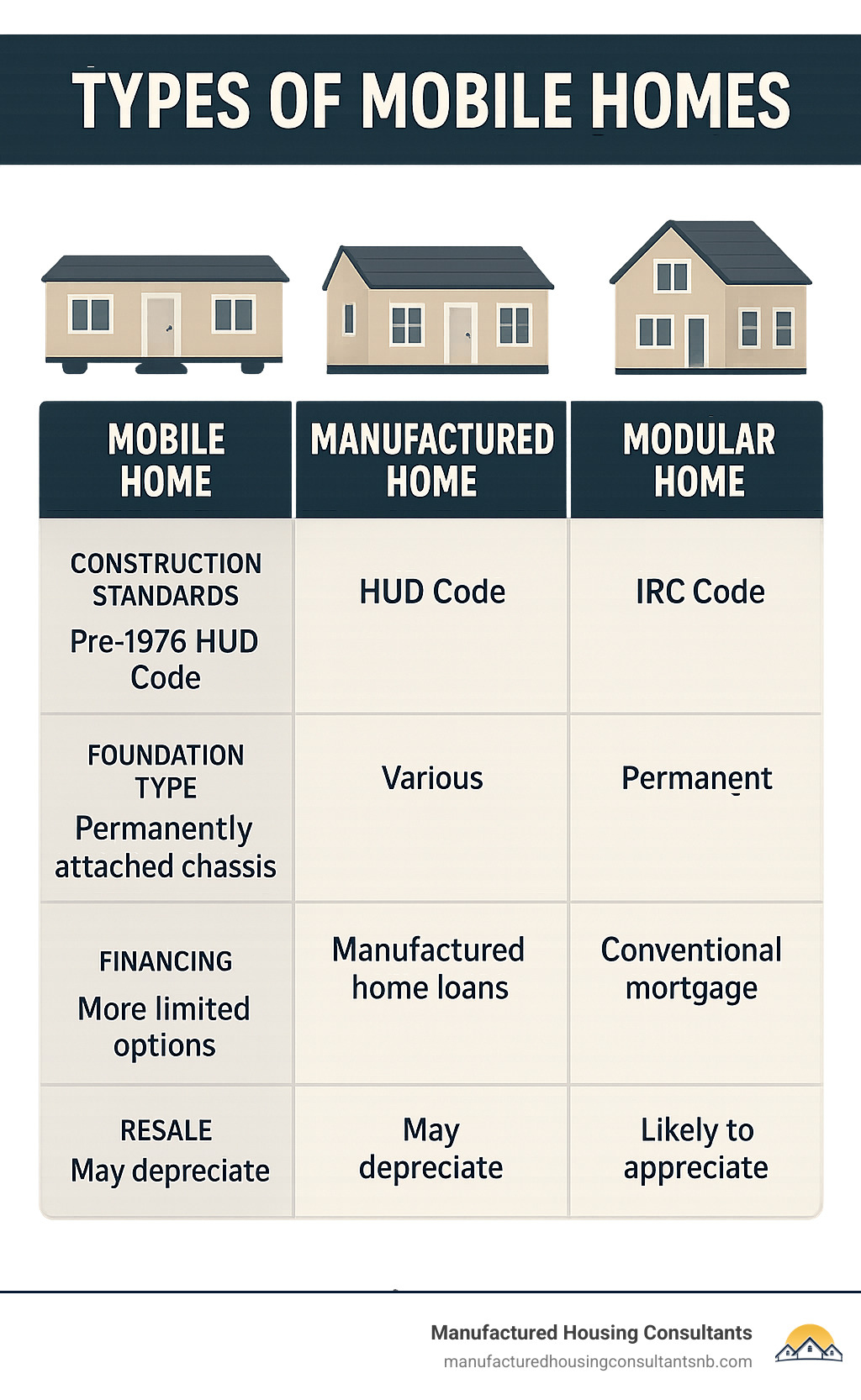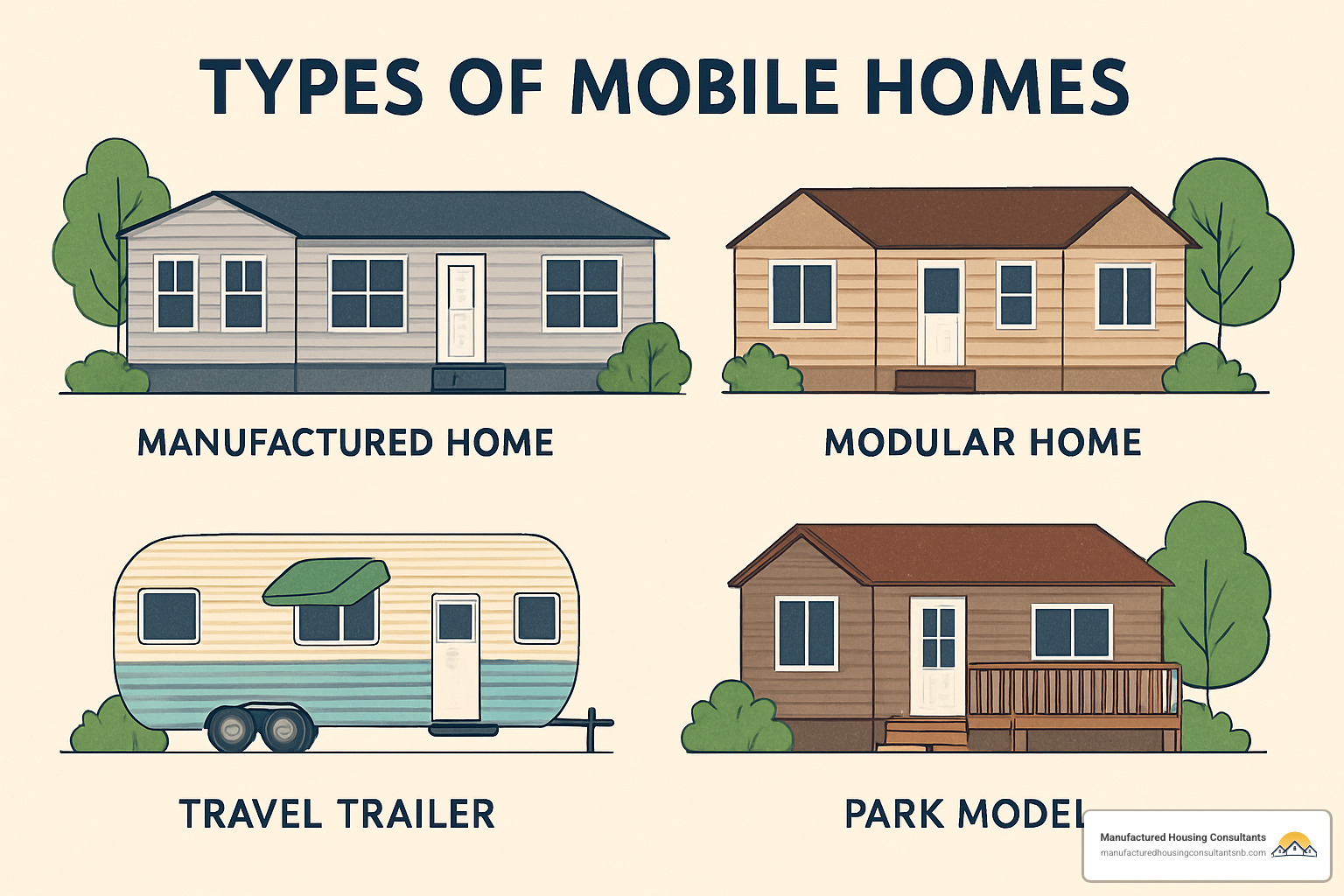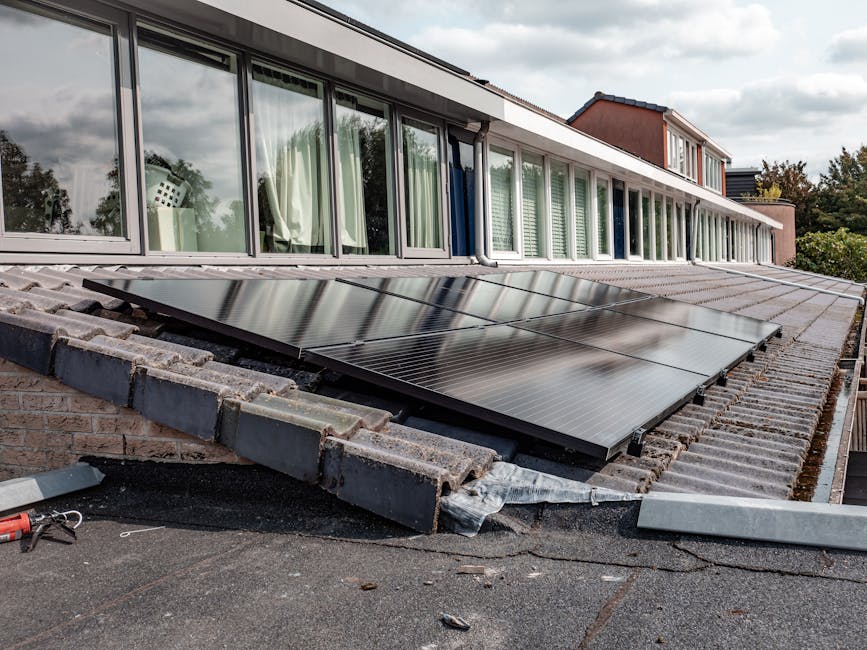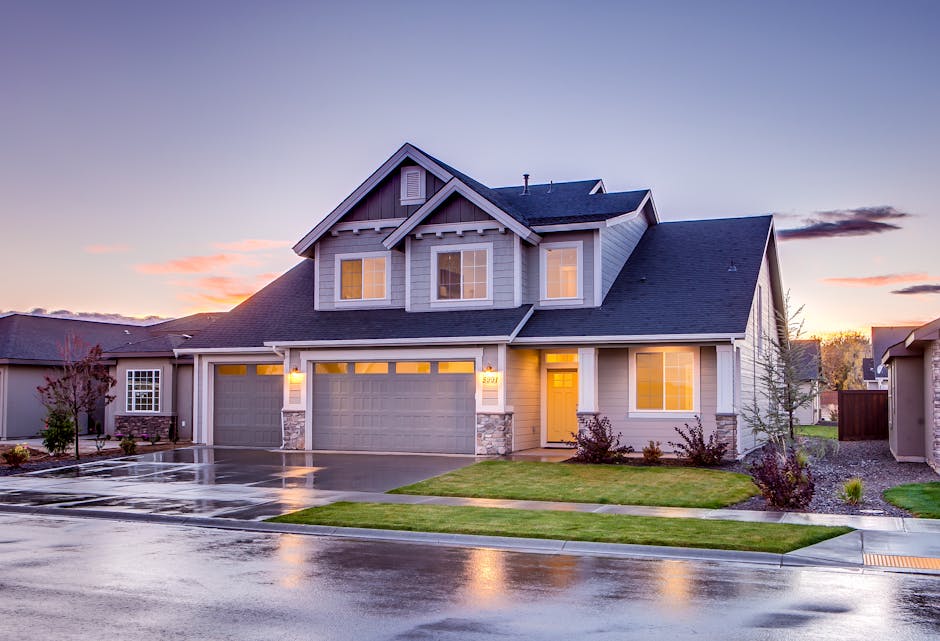The Best Types of Mobile Homes for Beginners
Discover the best types of mobile homes for beginners. Compare options, costs, and tips to choose the right mobile home for you.
Types of Mobile Homes: A Beginner’s Guide to Affordable Factory-Built Housing
If you’re searching for information about types of mobile homes, here’s a quick overview of the main categories:
- Mobile Homes: Built before June 15, 1976 (pre-HUD code)
- Manufactured Homes: Built after June 15, 1976 to federal HUD standards
- Modular Homes: Built to the same local building codes as site-built homes
- Single-Wide: Typically 18 feet or less in width, transported as one unit
- Double-Wide: 20+ feet wide, transported as two separate units joined on-site
- Triple-Wide: Largest option with three or more sections joined on-site
Understanding the different types of mobile homes is essential when you’re looking for affordable housing solutions. Today’s factory-built homes offer quality, energy efficiency, and style options that rival traditional site-built houses—at a fraction of the cost.
The terminology can be confusing, especially for beginners. While many people use “mobile home” as a catch-all term, there are important legal, structural, and financial differences between mobile, manufactured, and modular homes that affect everything from where you can place them to how they’re financed.
Factory-built homes have evolved dramatically since the 1970s. Modern manufactured and modular homes bear little resemblance to the “trailer” stereotype, offering spacious floor plans, quality materials, and customizable features that can include luxury touches like spa bathrooms and chef-inspired kitchens.
Whether you’re looking for a compact, affordable starter home or a spacious family dwelling, understanding the distinctions between these housing types will help you make an informed decision that aligns with your budget, lifestyle, and long-term goals.

Know your types of mobile homes terms:
Understanding the Different Types of Mobile Homes
The story of factory-built housing took a dramatic turn on June 15, 1976. That’s when the U.S. Department of Housing and Urban Development (HUD) implemented the Manufactured Home Construction and Safety Standards Act – a game-changer that transformed an entire industry. This federal building code, known simply as the “HUD Code,” created nationwide standards covering everything from construction techniques to energy efficiency.
“Many people don’t realize that the term ‘mobile home’ technically only applies to homes built before June 15, 1976,” shares our housing specialist at Manufactured Housing Consultants. “After that date, these homes are properly called ‘manufactured homes’ because they’re built to the federal HUD standards.”
This isn’t just playing with words – it represents a quantum leap in quality, safety, and durability. Today, when you’re looking at types of mobile homes built after 1976, you’ll spot a red HUD certification label on the exterior of each section, your assurance that the home meets federal standards.
Let’s explore the main factory-built housing options available today:
Single-Wide, Double-Wide & Triple-Wide: Classic Types of Mobile Homes
When most folks picture types of mobile homes, they’re usually thinking about these three classic configurations. The names tell you about both the width and how they’re transported to your property.
Single-Wide Mobile Homes offer cozy, efficient living in one neat package. Typically 18 feet or less in width and up to 90 feet in length, these homes provide 600-1,300 square feet of living space with 1-3 bedrooms. They arrive as one complete unit, making them perfect for tighter lots and simpler to set up.
“Single-wides are perfect for beginners on a tight budget,” our housing specialist notes with a smile. “They offer the most bang for your buck in terms of price per square foot, and their narrower width makes them easier to transport to more locations.”
Double-Wide Mobile Homes give you substantially more elbow room. Measuring 20 feet or more in width (typically 28-32 feet) and up to 90 feet in length, they provide a generous 1,000-2,400 square feet with 2-5 bedrooms. These homes come in two halves that are joined together on your property, creating a layout that feels much like a traditional site-built home.
“Double-wides represent about 80% of our sales at Manufactured Housing Consultants,” reveals our housing specialist. “They strike that perfect balance between affordability and space that most families are looking for.”
Triple-Wide Mobile Homes are the luxury option, offering spacious living on a grand scale. With three or more sections joined together on-site, these homes provide an impressive 2,000-4,500 square feet with 3-5+ bedrooms. They can include upscale features like formal dining rooms, walk-in closets, and bonus rooms that rival custom-built homes.
“Triple-wides are for buyers who want all the space and amenities of a large site-built home but with the cost advantages of factory construction,” explains our specialist. “However, they represent less than 5% of the market due to their higher price point and the complexity of transportation and setup.”

Here’s something that might surprise you: according to industry data, only about 5% of double-wide homes ever move after their initial placement. So much for the “mobile” stereotype! Most of today’s manufactured homes become permanent fixtures in their communities.
Manufactured vs Modular vs Mobile: Types of Mobile Homes Explained
The differences between these types of mobile homes go beyond mere terminology – they affect everything from financing to resale value:
Mobile Homes (Pre-1976) are the true originals, built before the HUD Code came into effect. These increasingly rare homes typically feature metal frames with chassis and wheels, and often don’t meet current safety standards. They generally depreciate over time and may face zoning restrictions in many areas.
Manufactured Homes (Post-1976) represent the modern evolution of factory-built housing. Built to federal HUD Code standards on permanent steel chassis, these homes offer significant quality improvements over their predecessors. They can be placed on various foundation types and are typically classified as personal property (similar to vehicles).
The HUD Code revolutionized manufactured housing by establishing minimum standards for design, strength, fire resistance, energy efficiency, and wind safety. “The quality of today’s manufactured homes is night and day compared to pre-1976 mobile homes,” our housing consultant emphasizes. “Modern manufactured homes are built with quality materials in climate-controlled factories, with multiple inspection points throughout the construction process.”
Modular Homes take a different approach. Rather than following the federal HUD code, they’re built to the same state, local, or regional building codes (IRC code) as site-built homes. They typically use wood framing instead of metal, must be placed on permanent foundations, and are legally classified as real estate. This classification means they can appreciate in value similarly to traditional homes.
“The key difference is in the building code,” explains our specialist. “Manufactured homes follow the federal HUD code regardless of where they’re placed, while modular homes must comply with local building codes specific to their destination.”
| Feature | Manufactured Homes | Modular Homes |
|---|---|---|
| Building Code | Federal HUD Code | Local/State Building Codes (IRC) |
| Frame | Permanent steel chassis | No permanent chassis |
| Transport | On wheels with axles | On flatbed trucks |
| Foundation | Various options (including non-permanent) | Permanent foundation required |
| Classification | Often personal property | Real estate |
| Financing | Chattel loans or mortgages | Traditional mortgages |
| Potential Value | May depreciate (with exceptions) | May appreciate like site-built homes |
| Wind Resistance | Built to HUD wind zone standards | Built to local code wind standards |
According to HUD standards research, manufactured homes must meet specific energy efficiency requirements, including minimum standards for insulation (walls R21, roof R40, floor R33 for ENERGY STAR), air sealing, HVAC systems, water heating, and window performance.
“One way to quickly tell the difference between manufactured and modular homes is to look at the framing,” our specialist advises. “Manufactured homes typically have metal frames, while modular homes use wood framing similar to site-built homes.”
Panelized & Pre-Cut Kits: DIY-Friendly Factory Builds
For the hands-on homeowner, panelized and pre-cut homes offer an interesting alternative among the various types of mobile homes:
Panelized Homes blend factory precision with on-site assembly. Complete wall panels – often including pre-installed windows, doors, and wiring – are prefabricated in a controlled environment, then shipped to your site for assembly. This approach offers significant customization possibilities while maintaining the quality control of factory construction.
“Panelized homes give you the quality control of factory construction with more design flexibility,” explains our housing consultant. “They’re ideal for buyers who want some customization but still want the efficiency of factory-built components.”
Pre-Cut Homes take DIY to the next level. Every component is cut to precise specifications in a factory, then delivered as a complete kit of numbered parts – like a sophisticated adult version of a model kit. These homes require significant on-site assembly but offer maximum customization potential.
“Think of pre-cut homes as the ultimate DIY project,” our specialist says with enthusiasm. “They’re perfect for hands-on homeowners with construction experience or those working with a builder who wants to save on framing labor costs.”

Both panelized and pre-cut homes typically meet the same local building codes as site-built homes, giving them the same legal classification as modular homes. The trade-off is they require more on-site assembly time and expertise.
For more information about modular home floor plans that can be adapted to panelized construction, visit our guide on modular home floor plans.
Emerging Options: Tiny Homes, Park Models & CrossMod
The factory-built housing industry continues to evolve, with several innovative types of mobile homes gaining popularity in recent years:
Tiny Homes have captured the imagination of minimalists and eco-conscious buyers everywhere. Typically under 500 square feet, these compact dwellings focus on efficient use of space and reduced environmental impact. They may be built on wheels or permanent foundations, offering flexibility along with their smaller footprint.
“Tiny homes are niche products, but they’re perfect for certain buyers,” notes our housing specialist. “They’re particularly popular among environmentally conscious consumers and those embracing minimalist lifestyles.”
Park Models occupy a unique middle ground between RVs and manufactured homes. Built to ANSI standards rather than HUD code, these compact units (typically 400 square feet or less) are often placed in recreational or vacation settings. With their RV-like features, they’re generally not intended as permanent year-round residences.
“Park models are perfect for vacation properties or as guest houses on larger properties,” explains our consultant. “They offer more comfort than an RV but with similar flexibility.”
CrossMod™ Homes represent perhaps the most exciting development in the industry. This new class of manufactured homes is built to HUD code but incorporates site-built features like pitched roofs, garages, porches, and drywall interiors. They’re specifically designed to appreciate in value like site-built homes and are eligible for conventional mortgage financing.
“CrossMod homes represent the future of manufactured housing,” our specialist says with genuine excitement. “They’re designed to appreciate in value over time, qualifying for traditional mortgage financing while maintaining the cost advantages of factory construction.”
These innovative homes feature permanent foundations, pitched roof designs, attached garages or carports, covered entryways, drywall throughout (rather than panel walls), and energy-efficient features – addressing one of the historical drawbacks of manufactured housing by creating homes that can potentially increase in value over time.
The world of factory-built housing has never offered more options, whether you’re looking for affordable starter homes, spacious family dwellings, or innovative hybrid designs that combine the best of both worlds. Understanding these types of mobile homes is your first step toward finding the perfect match for your needs and budget.
Buying Considerations & Regulations
Let’s face it—shopping for a home can be both exciting and overwhelming, especially when you’re exploring types of mobile homes for the first time. There’s a lot to consider beyond just picking a floor plan you love.
“I always tell my first-time buyers to think of the home as just one piece of the puzzle,” says our housing specialist at Manufactured Housing Consultants. “That $80,000 double-wide might fit your budget perfectly, but don’t forget you’ll need another $15,000-$20,000 for site preparation, transportation, and setup. Those costs catch many buyers by surprise.”
Your budget needs to stretch beyond just the sticker price. You’ll need to account for site preparation (which can include clearing land, grading, and creating access roads), transportation of your home from the factory, professional setup, utility connections, and any financing costs. These extras can add 20-30% to your total investment.
Speaking of financing, your options will vary dramatically depending on which of the types of mobile homes you choose. Manufactured homes on leased land typically require chattel loans (similar to auto loans), while homes on permanent foundations might qualify for conventional mortgages. FHA, VA, and USDA loans are also possibilities for qualifying buyers and properties. The difference in interest rates between chattel loans and conventional mortgages can be substantial—often 1-5% higher for chattel loans.
“Always check local zoning regulations before getting your heart set on a particular home,” our consultant advises. “I’ve seen folks buy beautiful parcels of land only to find they can’t place a manufactured home there due to local restrictions. That’s a heartbreaking situation we work hard to prevent.”
Zoning laws can be particularly tricky. Some areas restrict certain types of mobile homes or require specific features like permanent foundations or minimum square footage. Many upscale subdivisions have covenants that prohibit manufactured housing entirely. Additionally, manufactured homes must be built for the specific wind zone where they’ll be placed—a Wind Zone I home cannot legally be installed in a Wind Zone II or III area.
When it comes to where to place your home, you have several options. About 40% of our customers choose established manufactured home communities, which offer ready infrastructure, amenities, and a built-in social network. Others prefer private land for more freedom and privacy, while some place homes on family property to create multi-generational living arrangements.
Building Codes, Permits & Foundations for All Types of Mobile Homes
Understanding the regulatory landscape helps ensure your home will be safe, legal, and eligible for the best financing options.
The federal HUD code divides the country into three wind zones based on potential storm severity:
- Wind Zone I covers most of the continental U.S. (winds up to 70 mph)
- Wind Zone II includes coastal areas and some inland regions (winds up to 100 mph)
- Wind Zone III encompasses hurricane-prone coastal areas (winds up to 110 mph)
“This isn’t just red tape,” our consultant emphasizes. “These standards exist because they save lives. Homes built for Wind Zone I simply aren’t engineered to withstand the forces they’d face in a Zone III hurricane.”
Beyond wind resistance, the HUD code also establishes standards for thermal protection (with requirements custom to different climate zones), fire safety (including specific flame spread ratings and smoke detector requirements), and comprehensive guidelines for plumbing, electrical systems, and structural integrity.
Even though manufactured homes follow federal building codes, you’ll still need to steer local requirements. Cities and counties regulate installation permits, foundation specifications, utility connections, and property setbacks. Some areas also impose aesthetic requirements like minimum roof pitches or exterior material specifications.
Your foundation choice is particularly important—it affects everything from financing options to long-term durability and resale value. Options range from basic pier-and-beam setups (common for manufactured homes) to perimeter foundations, concrete slabs, crawl spaces, and even full basements (primarily for modular homes).
According to FEMA research on manufactured housing resilience, homes on permanent foundations performed significantly better during severe weather events than those on temporary foundations. This isn’t just about safety—it also impacts insurance rates and home value.
“We typically recommend the most permanent foundation your budget allows,” notes our consultant. “The upfront investment pays dividends in terms of stability, financing options, and long-term value.”
For a deeper dive into foundation options, check out our comprehensive guide on mobile home foundation types.
Costs, Financing & Long-Term Value
The financial landscape varies widely across different types of mobile homes, and understanding these differences helps you make a sound investment.
Single-wide manufactured homes typically range from $40,000 to $100,000, while double-wides run from $75,000 to $150,000. The larger triple-wide homes can cost anywhere from $120,000 to $250,000. Modular homes generally start around $100,000 and can exceed $300,000 depending on size and features (excluding land costs). Panelized and pre-cut homes vary tremendously based on design complexity and finishing choices.
“At Manufactured Housing Consultants, we work with 11 different manufacturers to give our customers options at every price point,” our housing specialist shares. “We’re committed to offering the lowest guaranteed prices in Texas, because we believe everyone deserves quality, affordable housing.”
The financing landscape can be particularly challenging to steer. The distinction between personal property (chattel) loans and real estate mortgages is crucial. Manufactured homes on leased land typically require chattel loans, which come with higher interest rates and shorter terms than conventional mortgages. Manufactured homes on permanent foundations may qualify for conventional financing, while modular homes almost always qualify for standard mortgage products.
“Financing is where we see the biggest differences between manufactured and modular homes,” explains our consultant. “The interest rate gap can add tens of thousands of dollars to your total costs over the life of the loan.”
As for long-term value, the old stereotype that all manufactured homes depreciate like vehicles simply isn’t accurate anymore. While traditional manufactured homes typically depreciate initially, well-maintained homes in desirable locations can stabilize in value and sometimes appreciate—especially those on permanent foundations with land ownership. Modular homes, being legally classified as real estate, generally follow local real estate market trends. The newer CrossMod homes are specifically designed to maintain or increase value over time.
For an honest comparison between new and pre-owned options, visit our guide on new vs. used mobile homes for sale.
Life in a Mobile Home Community
Many buyers of various types of mobile homes find that established communities offer the perfect blend of affordability, amenities, and social connection.
“Community living isn’t what most people picture when they think of ‘trailer parks,'” our housing consultant explains. “Modern manufactured home communities can rival traditional subdivisions with their amenities and community spirit. Many of our buyers are genuinely surprised by the quality they find.”
Today’s communities come in several varieties. All-ages communities welcome residents of any generation, while 55+ active adult communities cater to seniors seeking an engaged lifestyle among peers. In land-lease communities, you own your home but lease the lot beneath it, while resident-owned communities offer ownership of both home and land. Luxury communities with extensive amenities represent the high end of the market.
The amenity packages can be impressive. Many communities feature swimming pools, clubhouses, fitness centers, walking trails, playgrounds, and security features like gated entrances. Social calendars often include everything from holiday celebrations to book clubs and fitness classes.

Of course, community living does come with some trade-offs. Monthly lot rent typically ranges from $300 to $800 depending on location and amenities. Most communities have homeowners association (HOA) rules governing everything from home appearance to pet policies. There may be restrictions on home size and age, limitations on parking, and requirements for landscape maintenance.
“Communities provide structure and amenities, but they also come with rules,” acknowledges our specialist. “We take the time to understand our buyers’ lifestyle preferences so we can match them with communities where they’ll feel at home.”
Did you know there are over 38,000 manufactured home communities in the United States? They range from intimate settings with just a handful of homes to sprawling communities with more than 1,000 residences.
For those who love outdoor living, be sure to explore our guide on mobile homes with porches to see how you can extend your living space into the great outdoors.
Conclusion & Next Steps
As we’ve explored throughout this guide, types of mobile homes offer incredible diversity to match almost any housing dream—whether you’re working with a tight budget or looking for a spacious forever home. The factory-built housing industry has truly transformed since the days of “trailers,” now providing quality, energy-efficient homes that challenge outdated stereotypes.
Here at Manufactured Housing Consultants in New Braunfels, Texas, we take pride in guiding newcomers through these choices. Our team has partnered with 11 leading manufacturers to ensure you get both variety and value—with our guaranteed lowest price promise backing every purchase.
“What surprises most first-time buyers is just how customizable today’s manufactured homes can be,” says our senior housing consultant. “From the layout to the finishes, these aren’t one-size-fits-all boxes anymore—they’re real homes designed around real lives.”
When you’re ready to take the next step, we provide comprehensive support including expert guidance on floor plans, competitive financing packages, land improvement services, and seamless transportation and setup. We even handle warranty support long after your keys are in hand.
Before you begin your journey toward affordable homeownership, consider these essential questions:
What’s your true budget? Remember to account for both the upfront purchase and long-term costs like utilities, maintenance, and potential lot rent if you’re considering a community.
How much space do you really need? Think about both your current situation and where you might be in five years. The perfect home accommodates your future, not just your present.
Where will your home be placed? Private land offers independence, while communities provide amenities and built-in neighborhoods. Each comes with different considerations for foundations, utilities, and regulations.
What do local zoning laws allow? Not all areas welcome all types of mobile homes. We can help you steer these regulations before you make any commitments.
Which financing path makes sense for you? Your home type significantly impacts your loan options, interest rates, and down payment requirements.
What foundation will provide the stability you need? The right foundation affects everything from financing options to resale value and long-term durability.
How energy efficient do you want your home to be? Today’s manufactured homes can achieve impressive efficiency through advanced insulation (R21 walls, R40 roof, R19 floor), high-performance windows, ENERGY STAR appliances, modern HVAC systems, and even solar options.

“Energy efficiency isn’t just about being environmentally conscious—though that’s important too,” our consultant notes. “It’s about saving real money every month on your utility bills while enjoying a more comfortable living environment.”
Many of our customers are surprised to learn that with proper maintenance and care, today’s manufactured homes can maintain their value remarkably well, especially those placed on permanent foundations with owned land.
“The quality gap between site-built and factory-built homes has narrowed dramatically,” explains our housing specialist. “When you consider the cost savings of controlled factory construction—typically 20-30% less than comparable site-built homes—manufactured housing becomes an incredibly smart investment for many families.”
Whether you’re drawn to a cozy single-wide that maximizes affordability, a spacious double-wide for your growing family, or a luxurious triple-wide with all the bells and whistles, we’re here to help you steer every step of the process. We invite you to visit our New Braunfels location to tour models of various types of mobile homes and experience the quality and comfort these homes offer.
For those interested in specific manufacturers in our lineup, learn more about our offerings from Jessup Housing and other industry leaders we proudly represent.
At Manufactured Housing Consultants, we believe everyone deserves a place to call home—without breaking the bank. We look forward to helping you find yours.


